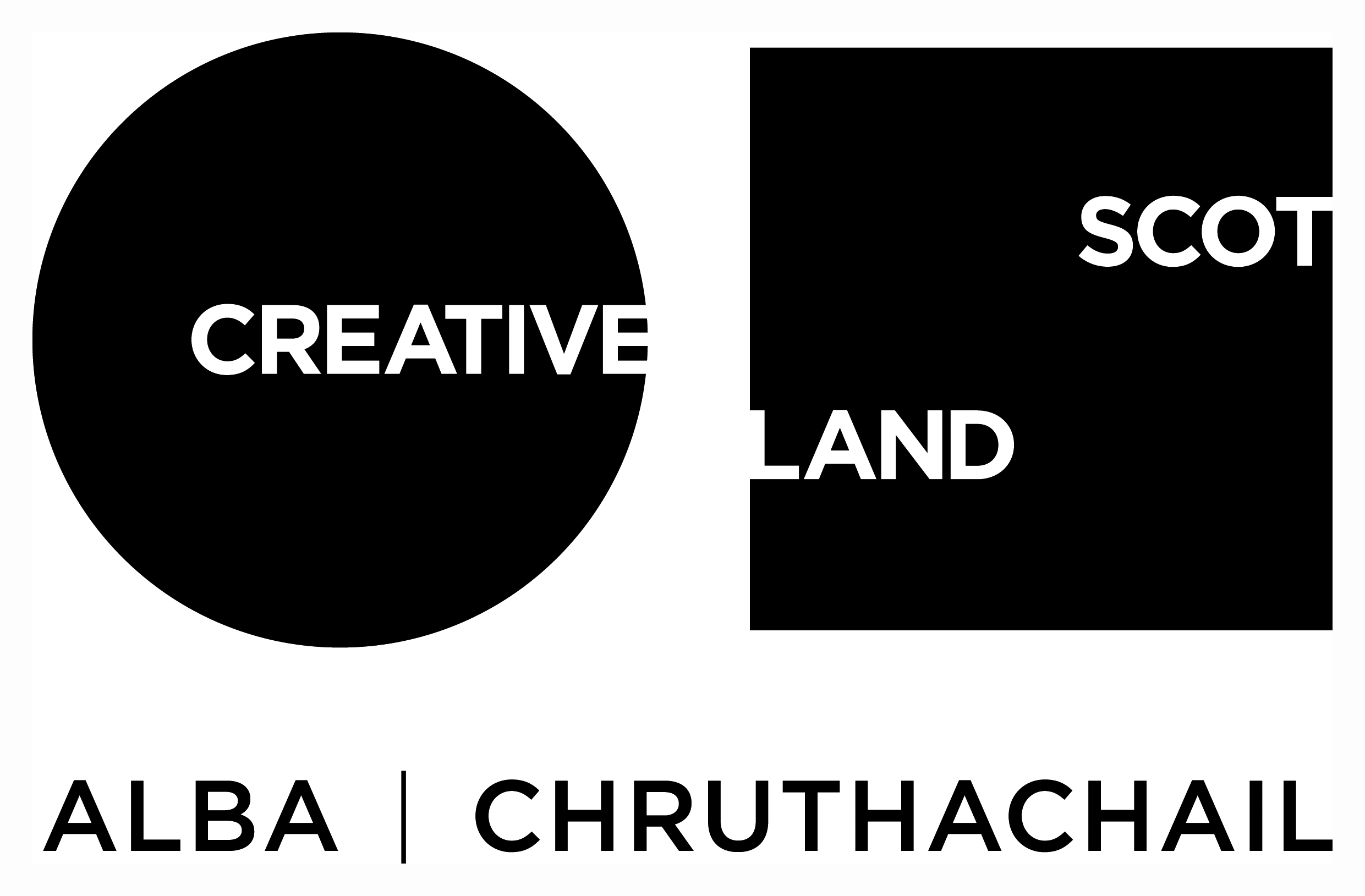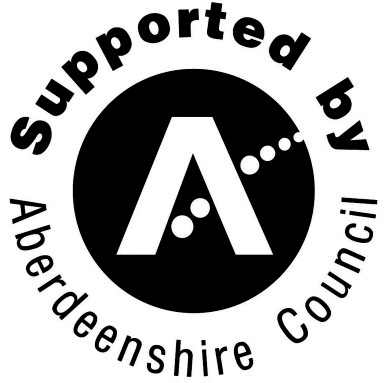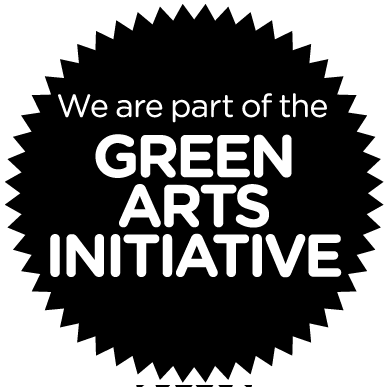Potato
Her tightly coiled willow wreath is sunk into sand mixed with resin the colour of deoxygenated blood. Unnaturally firm, she is sensitive to it, touching the mould’s ridged impressions repeatedly. Finger prints pressing, grooves track tacky green putty, kneaded through with skin grease. Wafts of the resin sand’s medicinal smell reaches my nose, corresponding to the movement of her arms, delayed by the deadness of the foundry’s airless space. From my stool the weekend stretches out in front of us. No cars or dogs today, the office empty. We don’t have to listen to Pantera. She is playing a game of opposites; plasticine and sand, materials which resist one another. The fallacy of the mould process as a less intimate means of making. I watch as she caresses, kneads, slices, hammers, fills, empties. Unlike other sculptural processes, you can’t build on this knowledge. You can’t pour bronze every day. The technicians learn and improve in their habit, but she will return again in a year and start anew, having forgotten how.
She brushes graphite on the mould to prevent sticking. Softly applied. A silver smudge glistens, finding her cheeks. Tinny forearms. The sun’s heat absorbed into my black lycra thighs. As is her preference she collects graphite using the snarled tangle of a paintbrush. An encrusted sock – the alternative tool – snakes the recessed bottom of the bowl. Constructing an artwork in this way involves the deconstruction of material. At every stage things can’t be used again: rubber, wax, sand.
Outside near the shell firing drum is a ceramic crucible, black and gleaming. The wind whips and leaves scuttle. Once volatile with molten bronze, glowing translucent, the cup sits coolly now, co-opted by spiders lacing their traps across its ridge. Bushy flowers linger, bleached by sun, the colour of crumbled wheat. Nothing is discreet or separate here, the making process entangling everything like fascia; connecting the organic and synthetic debris collecting in this yard neither by accident or purpose. Scrambled terms of use. The scrap the technicians melt was once functional – bits of boilers, drain pipes, bed frames, all kinds of structural infrastructure, farm equipment. Attrition follows employment. Wasps circle an iron can, green weeds shoot, dried leaves levitate, all caught in a glinting web.
Tenmoku
On Monday teenage boys with downy moustaches pull fist fulls of shredded paper from black bin bags. Plunging these clumps into buckets of clay slosh, this gruel clings to their overalls, vomit in their laps. The wind allows this crinkly confetti to escape from their hands, clinging to weeds and finding cracks in the gravel to hide.
Five days pass.
In the ceramic studio there is a row of ice cream tubs with the words ‘slip for paper kiln’ scrawled in black marker. Shredded tabs of inkjet drupe soggily over the lips of these pearly plastic containers. They contain a clay of gradiating colours: a thick black crust of mould atop silkier grey slop. Beth is waiting for paper and liquid to cohere. She removes the lid releasing an eggy stink but tells me not to worry, this mould gets burnt off in the kiln. In its previous life the paper in these tubs hosted unsuccessful artist residency applications. The future for this administrative by-product is that of creative raw material. Transformed, this phoenix stings, it’s mud baked out of failure.
A whirring fan keeps me company. Vaulted ceiling, terracotta girders, clarifying light. This space is accommodating in all the ways the foundry is hostile. Warm. You can sit down here. I feel tucked in, private. No one walks through or drives past, it’s a dead end. Only a hatch window cuts a view to the outside. I see a corner of hill, a few bothy bricks, half a cow.
There is a wall of glaze swatches. Tiny tiles in all shades of sea blue (cobalt) and deep red (iron oxide), button sized holes stamped out of the clay to allow these swatches to hang from metal screws. Indents in their surface demonstrate how the glaze interacts with shape and pattern. Beth is more interested in clay bodies than glazes; it’s a matter of whether the surface or form preoccupies you.
The architecture is annotated: laminated signs, drawers, shelves and buckets, all labelled. Traces of wet fingers mark every vessel and surface, footprints on the floor; swirls and droplets of slip now dried. Text directs the bodies who might decide to orientate themselves towards equipment or clay. These words warn but also remind: ‘Wheel must be cleansed after each use / Please wipe down wedging table after each use.’ They’re here because the actions they detail haven’t been completed in the past. The text instructs but also simplifies: 13 steps to make a glaze. The ceramics studio tries to be an accessible space. Beth shares her knowledge, prepares for it to be used by residents in her absence. However, just like the furnace in the foundry, she is the only one who can turn the kiln on.
I watch as she wedges the clay: kneading bread. Patting it out on a slab, leaving the loaf to proof. Outside the compressor is turned off and as it sighs quiet, the neighbour’s breath exhales. Rain unleashes. Doors slam. The weekend here again. A daddy long legs bats itself back and forth between the corner of two walls. The clichés are true; ceramics is sexual. Legs spread around the wheel, she fondles a mound of deep red clay, cone shaped now, floral scent on hands. Carefully probed. Bloody, gravy lines, cupped around the base, thumbed and controlled. Above the door another laminated sign: ‘the living artist enters as a wild card. That is her essence, to be unfettered even in her maintenance work.’





